In 1998, Uma Chakravarti looked back at the popular television shows of the 80s and 90s, such as Chandraprakash Dwivedi’s Chanakya (1991), Ramanand Sagar’s Ramayan (1987) and B R Chopra’s Mahabharat (1988), and argued that television played a crucial role in authenticating the “Hindu” culture represented in the shows as accurate representations of the past.
As a powerful audio-visual medium, television legitimised the epics as undisputed historical events, bringing into people’s homes the images of places and people that were thus far difficult to conceptualise— capturing the collective imagination of a country on the brink of “fragmentation”.
“While looking back to the mid-1980s”, Chakravarti writes, “from a point when ‘Hindutva’ appears to have arrived, the crisis of the Indian state is striking.” She believes that the decision of the Rajiv Gandhi government to broadcast the “mega serials” was, in fact, a political agenda rather than a religious one.
This video is based on Uma Chakravarti’s article, Saffronising the Past—Of Myths, Histories and Right-Wing Agendas.
Related










































